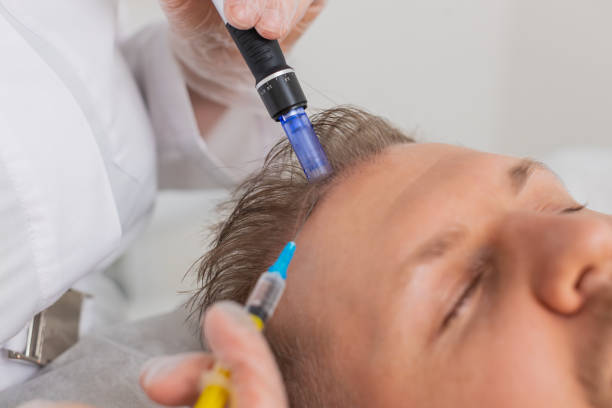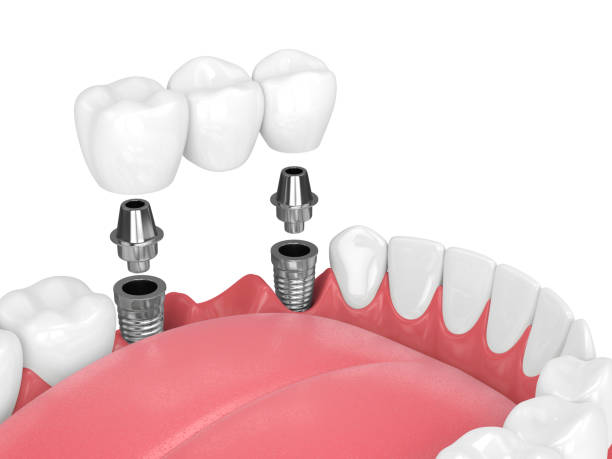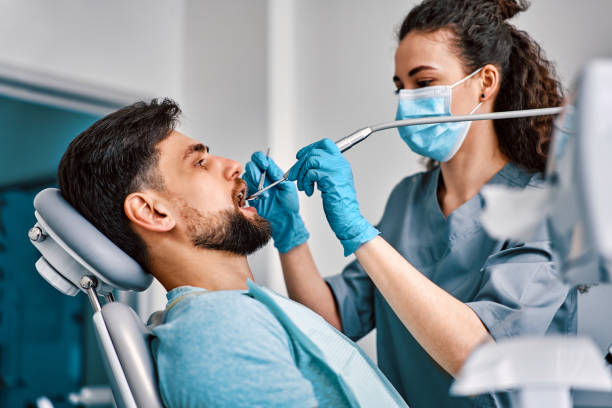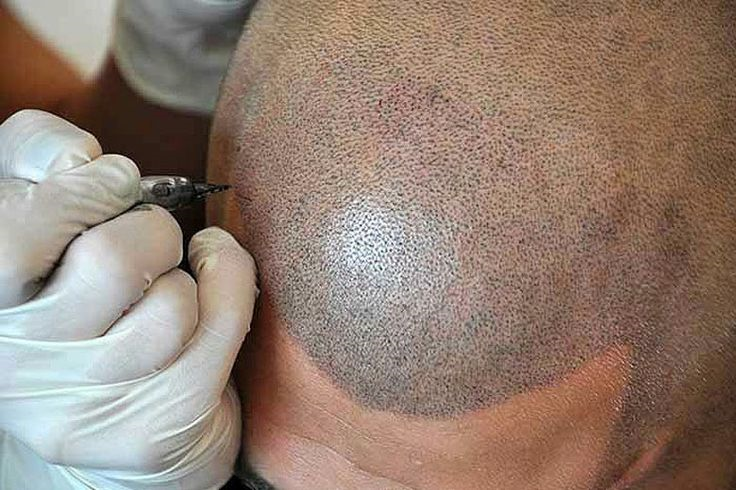Hair loss and thinning scalp issues can significantly impact confidence and quality of life. Over recent years, innovative treatments like Hair Fillers Dubai have gained popularity as effective solutions to restore hair density and improve scalp health. However, concerns about safety, especially for individuals with sensitive scalps, often arise. Understanding the safety profile of hair fillers is essential for making informed decisions about treatment options. This comprehensive guide explores the safety aspects of hair fillers for sensitive scalps, addressing common concerns, the procedure’s nature, and best practices to ensure optimal safety and results.
Understanding Hair Fillers and Their Role in Hair Restoration
What Are Hair Fillers?
Hair fillers are specialized cosmetic injections designed to stimulate hair growth, improve scalp volume, and enhance overall hair appearance. They typically contain a combination of nutrients, growth factors, and biocompatible substances that promote scalp health and encourage hair follicle activity. Unlike traditional hair transplant methods, hair fillers are minimally invasive and involve injecting small amounts of active ingredients directly into targeted scalp areas.
How Do Hair Fillers Work?
The mechanism of hair fillers revolves around nourishing dormant hair follicles, stimulating blood circulation, and providing essential nutrients to support hair growth. The active ingredients can also help improve skin elasticity and hydration, creating a healthier environment for hair development. This approach is especially appealing for those seeking non-surgical options with minimal downtime and discomfort.
The Safety Profile of Hair Fillers for Sensitive Scalp Types
The Importance of Biocompatibility
One of the primary considerations for sensitive scalps is the biocompatibility of the substances used in hair fillers. Most reputable formulations utilize ingredients that are well-tolerated by the skin, reducing the likelihood of adverse reactions. These substances are designed to integrate seamlessly with the scalp tissue, minimizing inflammation and irritation.
Minimal Invasiveness and Reduced Risks
Hair filler procedures are minimally invasive, involving tiny injections that do not require extensive cuts or surgical intervention. This approach inherently reduces the risk of complications such as infections or scarring, which can be particularly concerning for sensitive skin types. Proper technique and high-quality materials further enhance safety.
Customization for Sensitive Scalps
Advancements in cosmetic science allow practitioners to tailor treatments based on individual skin sensitivities. For sensitive scalps, formulations can be adjusted to exclude potential irritants, and the injection process can be modified to minimize discomfort and adverse reactions. Pre-treatment consultations help identify specific sensitivities and ensure personalized care.
The Role of Practitioner Expertise
Safety heavily depends on the skill and experience of the practitioner performing the procedure. Trained professionals are adept at selecting appropriate products, administering injections accurately, and managing any immediate reactions. Choosing qualified practitioners is crucial for ensuring safety, especially for clients with sensitive scalps.
Preparing for Hair Filler Treatments
Conducting a Thorough Consultation
Before proceeding with treatment, a comprehensive consultation is essential. This session allows the practitioner to assess scalp health, identify sensitivities or allergies, and discuss medical history. Transparency about skin reactions and previous treatments helps customize a safe and effective plan.
Patch Testing and Allergy Screening
For individuals with sensitive skin, patch testing is often recommended. This involves applying a small amount of the filler to a discreet skin area to monitor for any adverse reactions over 24-48 hours. Identifying allergies beforehand prevents potential complications during the actual procedure.
Pre-Treatment Skin Care
Proper skin preparation can significantly enhance safety. This includes avoiding harsh skincare products, exfoliants, or medications that thin the skin or suppress immune responses. Maintaining healthy, well-hydrated skin creates a more receptive environment for the treatment.
The Hair Filler Procedure: What to Expect
Step-by-Step Overview
The procedure generally involves cleansing the scalp, marking target areas, and administering injections with fine needles. The process is quick and typically comfortable, with some practitioners offering topical anesthetics to reduce discomfort. The precise technique ensures even distribution and optimal results.
Post-Treatment Care and Precautions
After the procedure, clients are advised to avoid vigorous scalp activities, exposure to extreme temperatures, and certain skincare products. Following post-treatment instructions minimizes the risk of irritation or inflammation and promotes healing. Most individuals can resume daily activities shortly after treatment.
Monitoring and Follow-Up
Regular follow-up appointments allow the practitioner to assess the scalp’s response, address any concerns, and make necessary adjustments. Monitoring helps ensure safety and maximizes the benefits of the treatment.
Managing Sensitivity and Ensuring Safety During and After Treatment
Recognizing Immediate Reactions
While Hair Fillers are generally safe, some individuals may experience mild reactions such as redness, swelling, or tenderness. These symptoms are typically temporary. Promptly informing the practitioner about any unusual sensations allows for appropriate management.
Long-Term Safety Considerations
Long-term safety depends on ongoing scalp health, proper treatment maintenance, and avoiding irritants. Maintaining a gentle skincare routine and protecting the scalp from environmental stressors can support sustained safety and effectiveness.
When to Seek Medical Advice
Persistent discomfort, significant swelling, or signs of infection should be addressed immediately with professional guidance. Early intervention helps prevent complications and ensures safety.
Best Practices for Safe Hair Filler Treatments in Sensitive Scalps
Choosing Qualified Practitioners
Ensuring that the procedure is performed by experienced and certified practitioners is vital. They possess the expertise to select suitable products, administer injections correctly, and manage any adverse reactions effectively.
Using High-Quality, Approved Products
Opting for FDA-approved or internationally recognized formulations guarantees the use of safe, tested ingredients. High-quality products reduce the risk of allergic reactions and other adverse effects.
Personalized Treatment Plans
Every scalp is unique, especially for sensitive skin types. Personalized plans considering individual health, sensitivities, and aesthetic goals ensure safer outcomes and higher satisfaction.
Maintaining Overall Scalp Health
Healthy scalp conditions contribute to the safety and success of hair fillers. Regular scalp care, proper hygiene, and avoiding harsh chemicals support a conducive environment for hair regeneration.
Conclusion
Hair Fillers in Dubai present a promising, minimally invasive option for individuals seeking to improve scalp health and hair density, even for those with sensitive scalps. When performed by qualified professionals using high-quality, biocompatible substances, the procedure is generally safe and well-tolerated. Proper preparation, personalized treatment plans, and post-care follow-up are essential components of ensuring safety and achieving optimal results. By understanding the safety profile and following best practices, clients can confidently explore hair filler treatments as an effective solution for hair restoration needs.







0 Comments